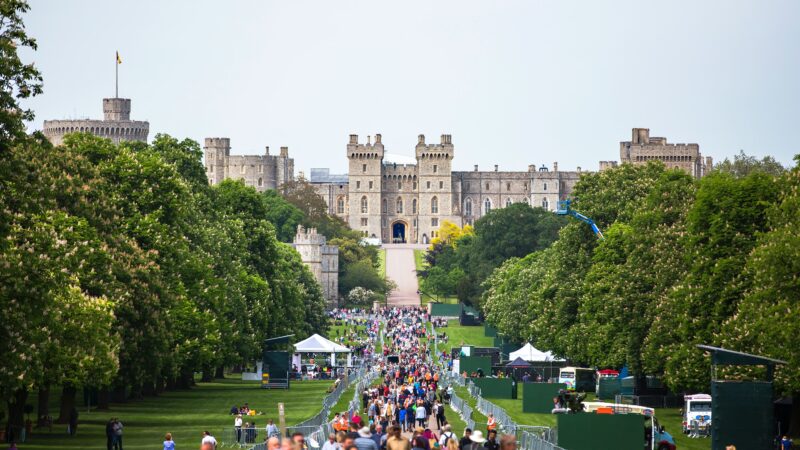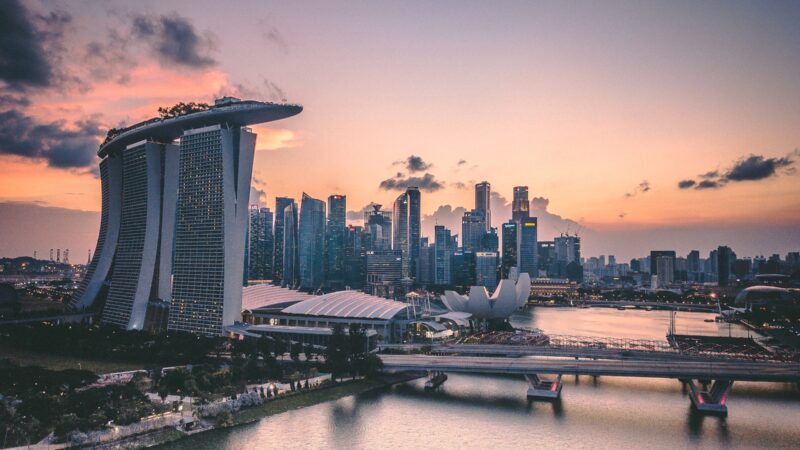At the start of June we at The Mallard along with millions of others across the globe celebrated the Platinum Jubilee of Her Majesty Queen Elizabeth II. In the UK especially there was a great show of affection from the people to the Queen, with tens of thousands flocking to The Mall to witness the various parades of the guard, the cavalry, and communities from Britain and the commonwealth celebrating 70 years of Elizabeth II’s reign. For many within conservative circles, the amount of people who showed up seemed to be a clear indicator that the Republican movement in Britain is dead in the water, and far less influential than many smug liberals like to think it is.
Despite a tough couple of years for the Royal Family between the media crucifixion from the Megan Markle debacle and the loss of Prince Philip last year, not to mention the decades of having to adapt to a rapidly changing world, it is clear from the Platinum Jubilee celebration that the monarchy is here to stay, and I for one am happy to see that is the case.
However, the monarchy doesn’t just represent the people of Britain – it is an institution that is supposed to represent the larger commonwealth.
For Australia, in the aftermath of the recent Federal election and the victory of Anthony Albanese and the Labor government, new questions have arisen about the future of the monarchy in Australia.
Albanese’s appointment of Matt Thistlethwaite as the assistant minister for the republic has raised the issue of Australia’s position in becoming a fully independent republic, removing a British monarch as the head of state for a President-type figurehead for the Australian nation.
Of course, this role of “Assistant Minister for the Republic” is an indicator that the current government wants to transition into the “progressive” future of denying Australia’s cultural and historical ties with its mother nation in Europe, and embracing the Asia and America-centric world. Stripping the old oak timber foundations for the steel-beams and glass-panels of the New World Order.
Unfortunately this is nothing new. For decades the Australian government and politicians, both Labor and troublingly Liberal, have exercised their power in order to do away with any formal legal ties to Britain, from the Australia Act 1986, to the Referendum in 1999.
In the case of the 1986 Australia Act, while it may have been seen as a new chapter for Australian sovereignty and control over its own laws instead of being subjected to the whims of a British parliament – it was largely symbolic as Australia had been exercising sovereignty over its own country since its federation in 1901.
As for the 1999 Referendum, while the media and political class, as well as the metropolitan urbanites in Australian cities overwhelmingly backed the transition towards an Australian Republic, the “Yes” vote failed due to the overwhelmingly popular support that the monarchy had in rural and semi-rural areas.
Looking at the map of the vote, it’s clear to see that it would have been a disastrous imbalance for urban hubs to decide the entire fate of the country in relation to the monarchy and having the Queen as head of state.
While past attempts to make Australia a republic failed, that was a vastly different Australia, almost foreign to the one that exists today.
With the massive demographic shifts that have occured in Australian population hubs, both in terms of the sheer scale of the population and the ethnic make-up of these urban areas, the cultural ties that once existed with Britain and the monarchy are growing weaker. This hasn’t been by choice, but rather by effective action by both the government, education, and media to out-populate loyalists of tradition and those with ties to Britain, and guilt-trip any association with the colonial past and the great achievements of Britons in Australia.
In the last 20 years, Australia’s urban demographic has shifted considerably. Particularly due to the influx of immigrants from China and India, and Asia in general. While the majority of the population are still descendants of European immigrants, in urban constituencies the large swathes of non-European immigration have become a point of contention for many issues – most importantly integration into Australian culture. Anyone who has been to Box Hill in Melbourne can attest to the fact that this once very Australian suburb is now just a mini-Beijing.
These sub-communities exist across Australia, focused in the cities, where the votes count most crucially come election time. While some may discount this statement as blatant bigotry or intolerance, it is interesting to note that in the most recent federal election, the traditionally Labor seat of Fowler was won by the independent incumbent, Dai Le, with the constituencies large Asian population playing a huge role in her success.
Trends exist for a reason, and if immigrants or second/third-generation Australians are more likely to vote for candidates that look like them rather than one of the traditional parties, as horrible as they are, what is to say that these same demographics of people feel absolutely no cultural or historical ties with the monarchy and what it represents?
With more and more “New Australians”, what protects the wills and the interests of those who have had family here going back to the First Fleet?
The demographic change is just one issue – the other issue is the shaming of British achievements in Australia, and the constant bleeding-heart antics of politicians and the media to try and make a show of how “sorry” they are because of their ancestors success in building one of the modern world’s most impressive nations.
From Kevin Rudd’s national apology to the Aborigines (aka traditional land-owners) to the consistent vandalization of anything commemorating Captain Cook, and the cringe-inducing rants of “Abolish Australia Day” that is heard around campuses and TV panelists every year in January, the latest generations of Australians, “new” or old, have been taught to hate themselves, hate those who came before them, not see their country as their own but rather that they are trespassers, and that they should do everything in their power to disassemble the “racist past” and “build the Australia for all!”.
It’s become so ridiculous that you have every other person claiming Aboriginal ancestry in the style of Elizabeth Warren, in order to distance themselves from the “evil British settlers” – insufferably referring to Melbourne as “Naarm” or Sydney as “Ku-Ring-Gai” showing the rest of us how “in touch” they are with the land.
While these sentiments may come from a good place, the truth or the matter is that if “Australia is for all” it is really for no one. It is simply just another landmass with a smorgasbord population of random groups who have no ties to each other, no ties to a greater ideal or tradition, and no real unique identity.
Just another “progressive” nation, that progresses nothing other than endless consumption and existence for existence’s sake.
Frankly, if Australia was to have another referendum on the monarchy question I’m not confident that we’d get the same result as we did in 1999 with a rejection of such a blatantly anti-traditional notion. The country has changed too much, too fast, and too little has been done to oppose this in government or on the streets.
I don’t trust the same Australian politicians who overwhelmingly supported lockdowns and imprisonments for dissenters as people capable enough, or morally sound enough to be given the reins of full independence. But, if things continue the way they do, and if Albanese moves in the direction he’s indicated – there will be no stopping these sycophants from cutting the final ties of Australia to its kin on the other side of the globe, and enter the brave new world of Asia-Pacific “progressivism”.
The truth is simple; the Republican movement in Australia isn’t just anti-monarchy or anti-British – it’s anti-Australian.



